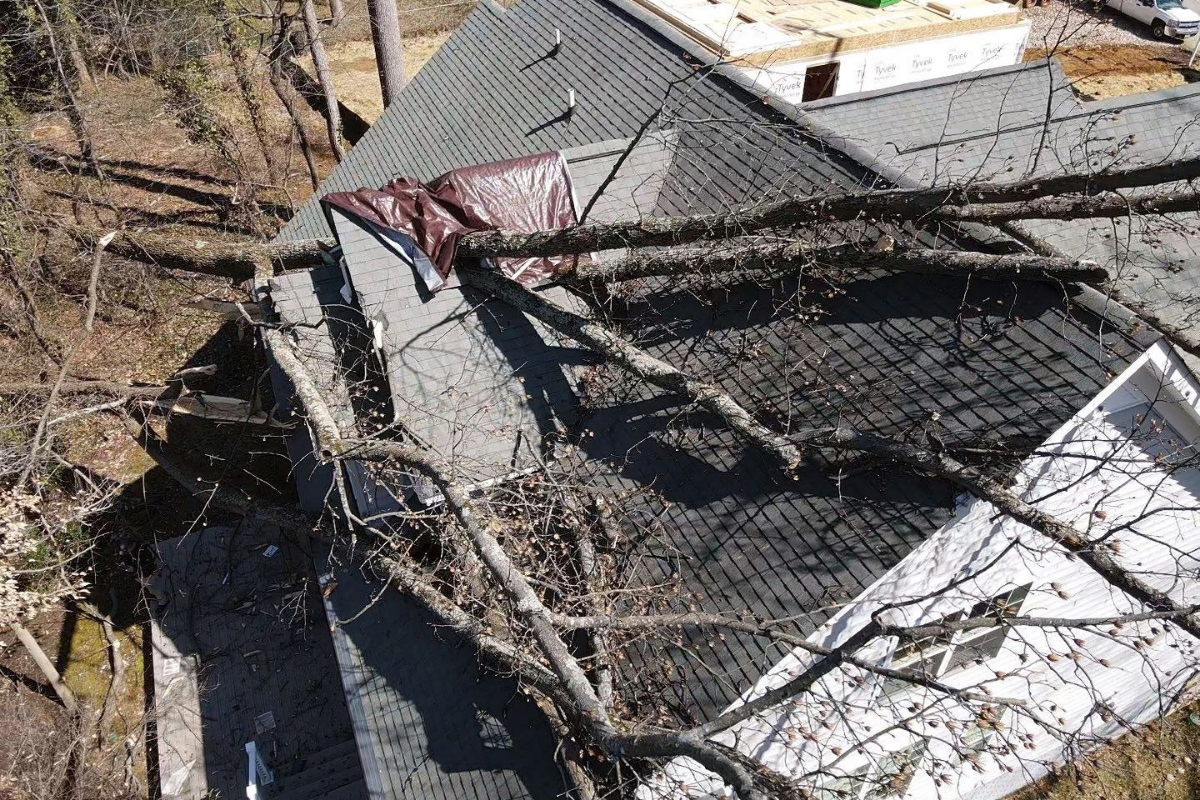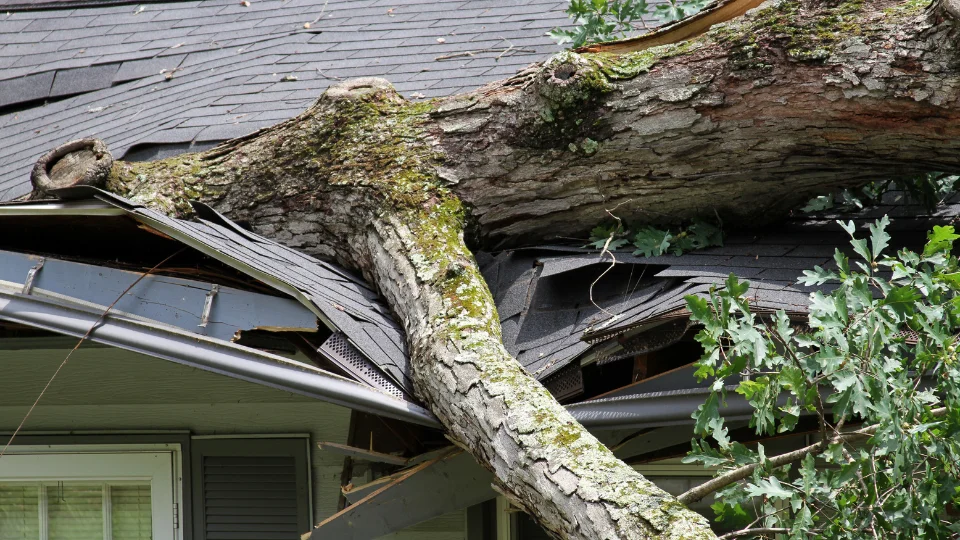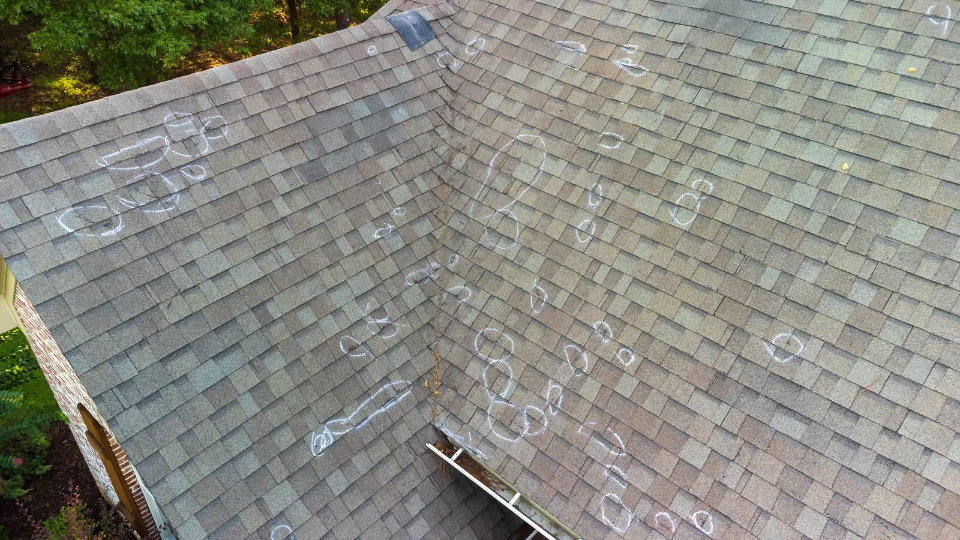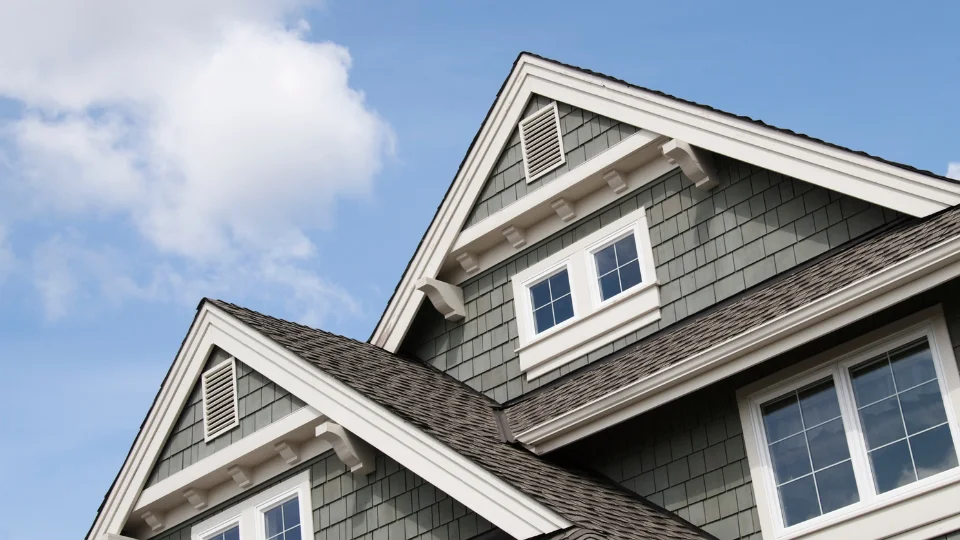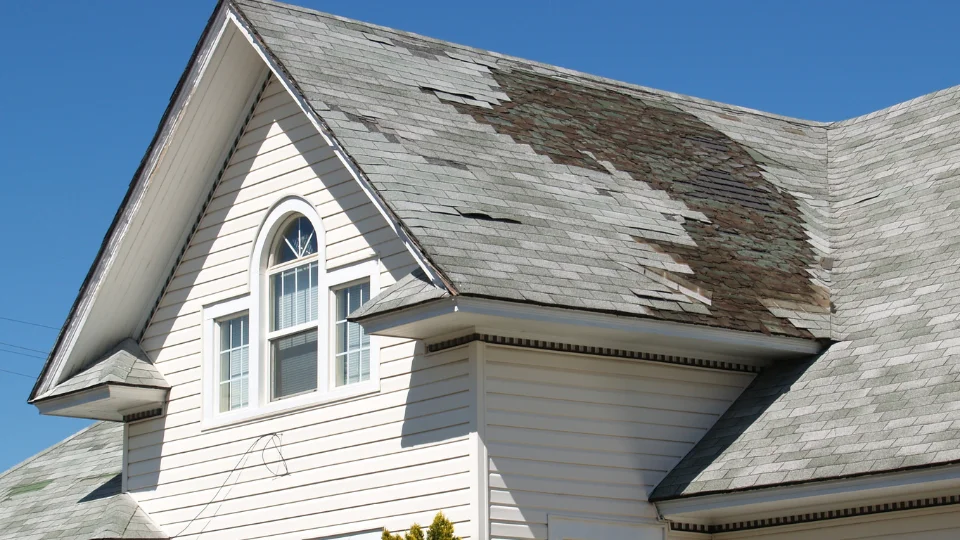Did you know that State Farm paid out over $3.1 billion in hail claims in 2020? More than $10.7 million properties in the US were affected by hail-related damage.
Your insurance policy may cover specific weather-related damage like damage due to hail. You might not even be aware that the last storm caused weather damage. Constant storms can lead to additional roof damage over time.
Are you wondering whether your roof damage is eligible for an insurance claim? In this article, we will take you through the different types of roof damage for which you can submit an insurance claim.
What Is Included in a Standard Insurance Policy?
Most insurance companies have a general homeowner’s insurance policy. You may have paid for additional upgrades, but some essential items are included in a standard insurance policy.
Your insurance policy will likely cover any damage to your dwelling and belongings up to a certain amount of money. You may also be covered for third-party liability if someone else is injured on your property and sues you.
What Roof Damage is Covered?
The problem is that your insurance policy has a lot of fine print that we rarely read. This fine print may exclude certain types of roof damage like hurricanes or water damage. In most cases, your insurance policy will cover roof damage because of events beyond your control, like storms and other disasters.
Your basic insurance policy likely covers roof damage from fires, strong winds, and hail. If your roof gets damaged because of these specific events, then your insurance company will cover the cost of fixing the roof damage.
What Roof Damage Is Not Covered?
Other perils that would not be included in basic coverage, but you can add through special coverage are damage from:
- Tree or other falling objects
- Weight of ice, snow, or sleet
- Freezing or rupturing of plumbing, heating, and air-conditioning
- Other perils except for floods or earthquakes
Most homeowner policies will not cover flood damage. This is a separate policy you would need if you live in an area with heavy flooding.
Unfortunately, your insurance claim will be denied if your insurance company thinks that your roof damage is because of regular wear and tear or neglect. The older your roof is, the higher chance that your insurance company will find wear-and-tear damage. You may even have a hard time finding an insurance company that will provide you with an insurance policy.
Consider your location. If there are more hails or storms in the area, you may be paying more premiums. If your premium is too low, check your insurance policy because there is a chance that your policy may not cover you for certain types of roof damage.
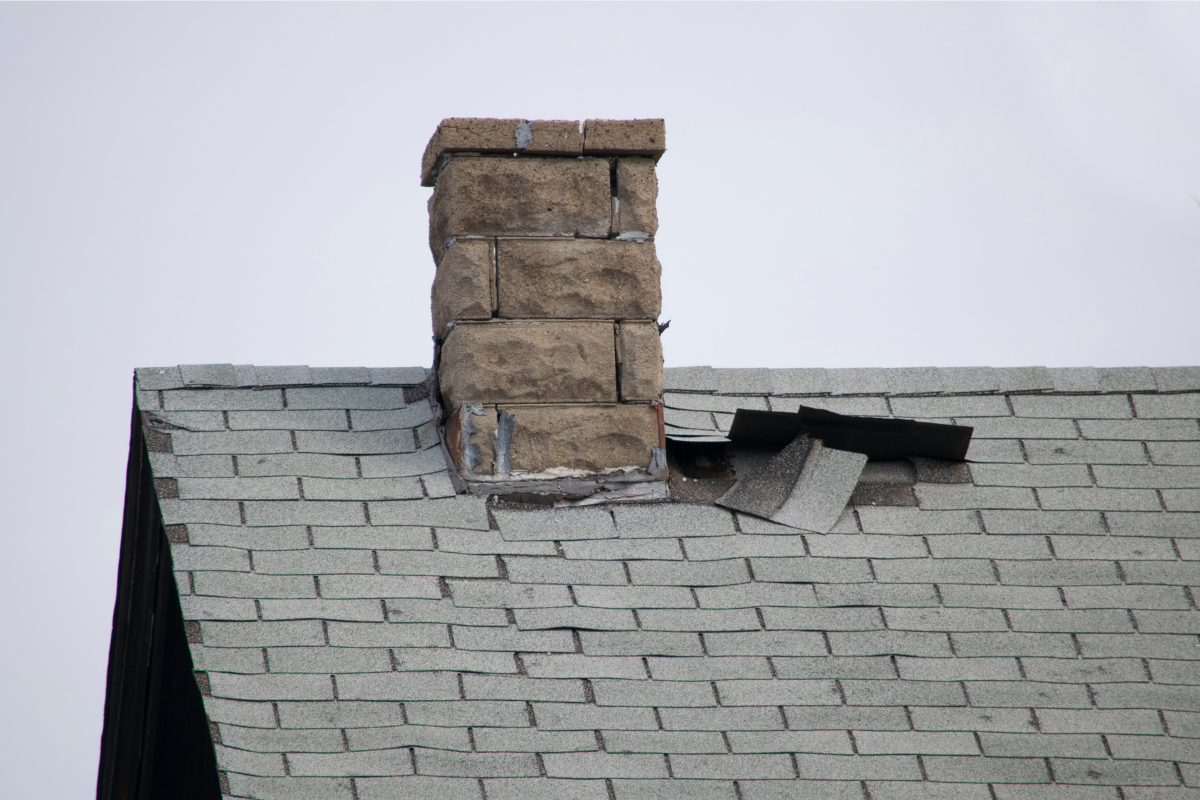
Review Your Insurance Policy
Remember to review the fine print in your insurance policy. It will set out what is included and what isn’t. You may be paying a lower premium, which means that your insurance policy may not cover everything you want.
Contact a Roofing Inspector
If you think you have roof damage, contact a roofing inspector immediately. Even if you don’t see any damage, you may want to consider getting a roof inspection done anyway. This is because an insurance company will not pay an insurance claim if they think the roof damage is because of wear and tear or neglect.
If there have been a lot of storms, you want to make sure to get a roof inspection at that time. The longer you wait, the less of a connection there is of the roof damage to the storms. Your insurance company may use that as evidence to not pay your insurance claim.
File a Claim
Once a roof inspector checks your roof, you can make temporary fixes while filing a claim. Make sure to take many pictures and discuss the options with your roof inspector. Keep all your receipts because you can get reimbursed for those costs.
You want to ensure that you have the proper evidence to show that the roof damage was because of the storms. If you have taken steps to maintain your roof over the years, you want to keep all those receipts and documentation. This can help support your claim that the roof damage was not due to regular wear and tear.
Roof Maintenance Tips
You need to watch for signs that signify that you have a roof leak. Following these roof maintenance tips can help you catch any roof damage before it’s too late. You want to catch the roof damage earlier, so your insurance company does not claim its everyday wear and tear.
After every storm, check for spots on the ceiling. That’s a sure-fire way of knowing that you have roof damage. Evidence of ongoing roof care will help support your case before your insurance company.
Next, look for buckling or curling roof shingles. Your roof shingles are the first layer of protection for your roof from storms. If the storm damaged your shingles, there is a good chance there are other damages you need to watch out for.
Check your chimneys or any other protruding roof parts. These can easily get damaged in a storm. These areas are usually sealed, but rainwater can get in easily if there is damage.
Get Your Roof Damage Inspected Today
Do you have roof damage? Maybe there’s no roof damage that you can see, but there have been a lot of storms recently. Consider getting a free and comprehensive roof inspection today to ensure that your insurance company doesn’t deny the insurance claim.
Get a free estimate by contacting us today! As you now know, the longer you wait, the more problems you could have when you file an insurance claim. A roof inspection costs you nothing, but it can save you a lot of money when dealing with your insurance company.

